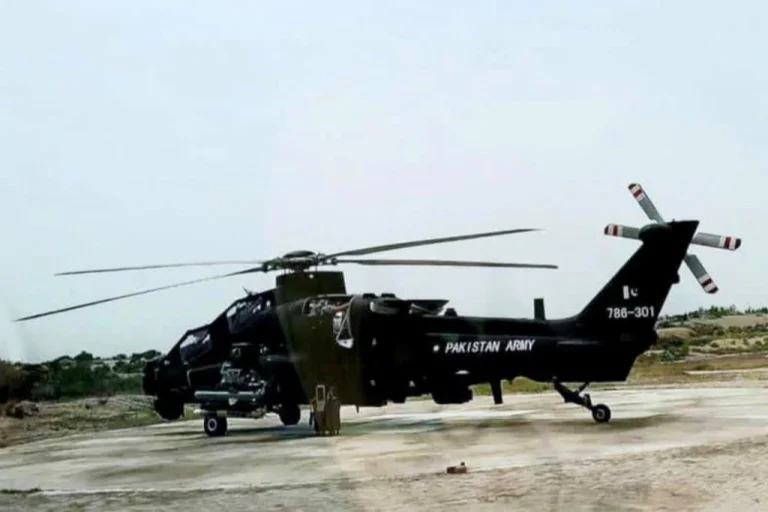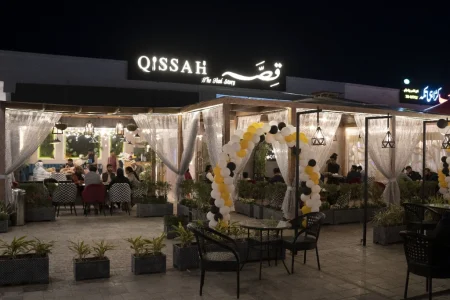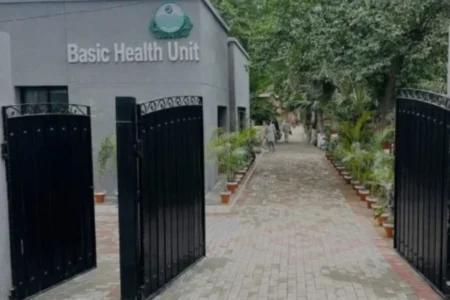The Pakistan Army has formally included the modern Z-10ME attack helicopters in its air fleet to boost its combat strength. This update was shared in a press statement by the Inter-Services Public Relations (ISPR) on Saturday. These helicopters, developed by China’s Aviation Industry Corporation, were displayed outside China for the first time at the Singapore Airshow held in February 2024. At that time, Pakistan was the only known buyer, though no official deals had been announced during the event, according to Reuters.
The induction ceremony was led by Chief of Army Staff (COAS) Field Marshal Asim Munir, who later observed a firepower demonstration of the newly acquired helicopters at the Muzaffargarh Field Firing Ranges. The ISPR did not mention how many helicopters were included.
According to the army’s media wing, adding this high-tech system marks a major step forward in modernizing Army Aviation, giving Pakistan a stronger and more integrated battlefield response. These helicopters are built to carry out accurate and powerful strikes on both ground positions and airborne threats. According to ISPR, the Z-10ME can be used in all kinds of weather, during the day or night. It’s fitted with the latest radar technology and electronic warfare systems, which greatly increases its ability to deal with different types of enemy attacks. This isn’t Pakistan’s first look at the Z-10.Back in 2021, Pakistan received a few Z-10 helicopters from China on a trial basis. After running them through different performance checks, the military felt they didn’t quite fit the operational needs at the time.
So, the choppers were eventually sent back.
Still, some experts, like former Australian defense attaché Brian Cloughley, believed Pakistan might give the upgraded Z-10ME another shot down the line — and it turns out, that’s exactly what happened.
Not long ago, General Asim Munir, Pakistan’s Army Chief, made a trip to the Muzaffargarh firing ranges. What stood out to him was the energy and focus of the troops. He openly appreciated their confidence and discipline, especially in how they carried out the live combat drills. The way different units worked together during joint exercises, he said, made it clear that the army isn’t taking modern threats lightly—it’s training hard and staying sharp.
Later, in Multan, the COAS held a detailed session with academics and members of civil society. General Asim Munir had a clear message during his visit: modern threats aren’t something the military can handle alone. From cyberattacks to misinformation and unconventional warfare, these challenges need a united response. In today’s world, national unity isn’t just feel-good talk — it’s become a real line of defense.
While at the garrison, he was also briefed on how the local formations are doing — their training, readiness, and ability to deal with complex situations. Confident in what he saw, General Munir made it clear that the military remains fully committed to guarding the country’s borders and upholding national interests — no compromises.
Also read this: Pakistan Launches Powerful New Satellite with Help from China







